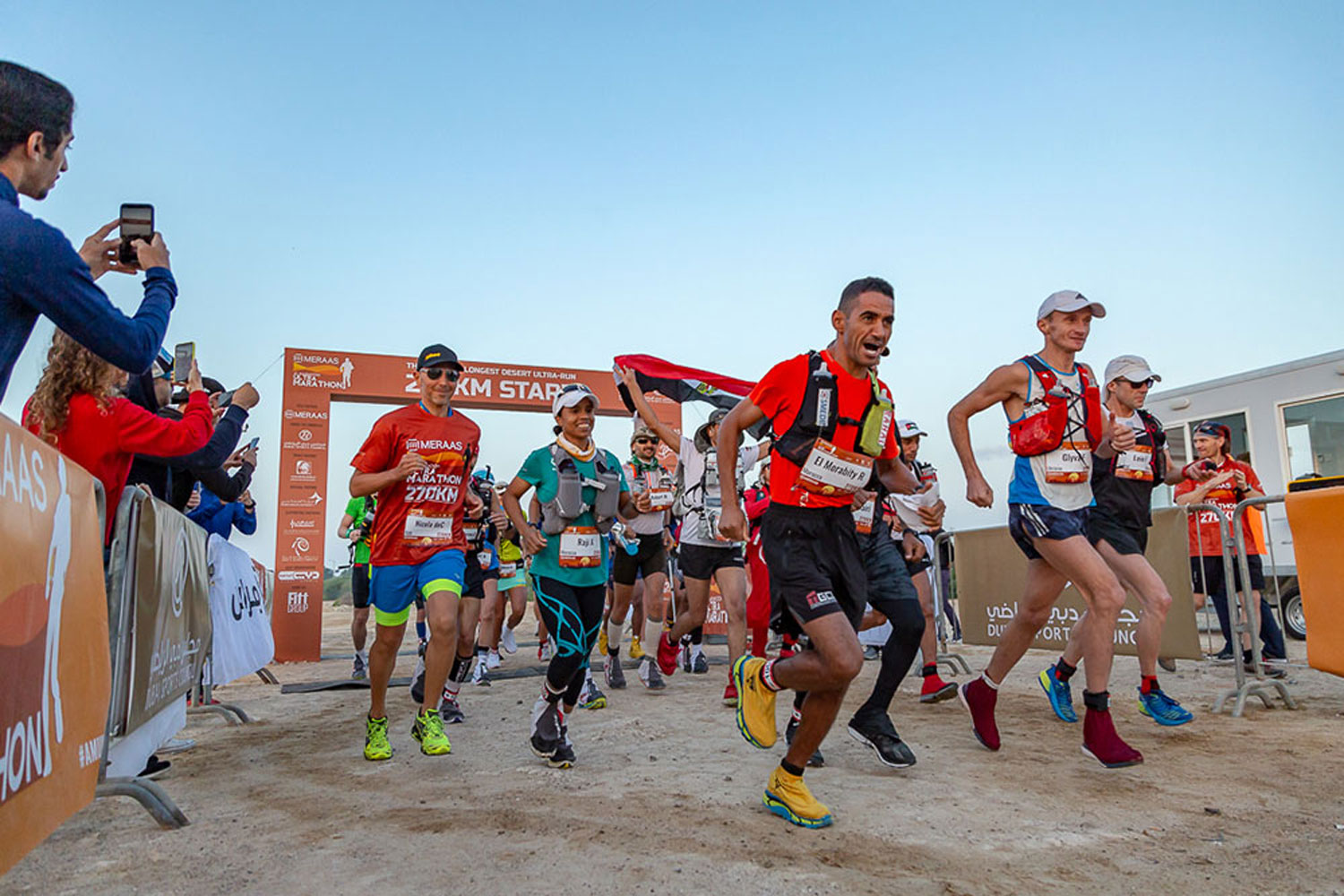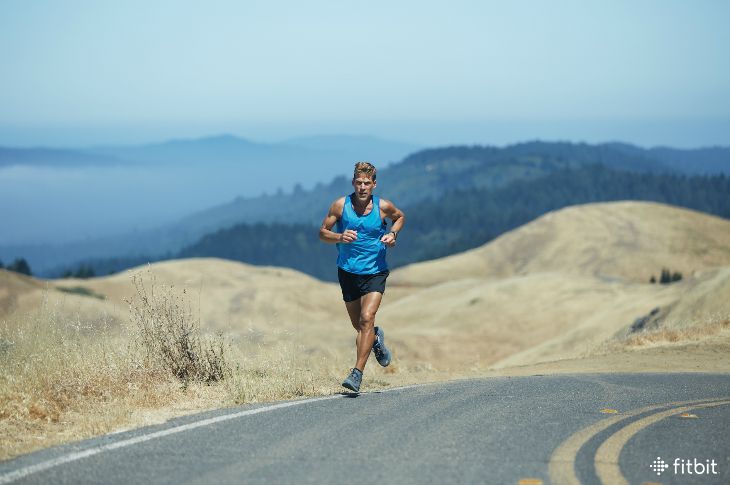

Switzerland, Germany, and France were the countries with the highest numbers of participants throughout the history of the race. For women, age group athletes in age groups 40–49, 50–59, and 60–69 years increased their participation, whereas age groups 20–29 and 30–39 peaked in the late 1980s and started to decrease or stabilize, respectively. For athletes in age groups 70–79 and 80–89 years, no decrease occurred. Regarding age groups, the decrease first started in age group 20–29 years, followed by 30–39, 40–49, 50–59, and 60–69 years. For men, athletes from all age groups below the age of 49 years old reached a peak of participation in the 1980s, and showed a decrease since then.

After about 1985, both overall women and men and both female and male winners were not able to improve race times. Men were always faster than women and both women and men reduced their race times over years. The number of male participants reached a peak at around 1985 and a decline in participation occurred thereafter. More men than women participated in all years.

We analyzed these trends for 96,036 athletes (88,286 men and 7750 women) from 67 countries competing between 19 in ‘100 km Lauf Biel’ in Switzerland, the oldest 100-km ultramarathon in the world. However, the analysis of ultramarathons across many decades is missing. Participation and performance trends in ultramarathon running have been investigated for large datasets and long period of times with an increase in participants and an improvement in performance.


 0 kommentar(er)
0 kommentar(er)
